Torn ACLs: The scare of playing high school sports
ACL tears in the knee have been a growing problem among high school athletes. For not only Fossil Ridge High School athletes but the athletes of Fort Collins, Colorado, a torn ACL is a nightmare as each athlete approaches their sports’ season.
The anterior cruciate ligament (ACL) is a major ligament that stabilizes the knee. The common causes of a torn ACL include: changing direction rapidly, landing from a jump incorrectly and direct collision or contact. When the ACL tears, the athlete normally feels or hears a “pop” in the knee and it typically swells within 24 hours. Following the injury, the athlete will go through reconstructive surgery in order to repair the ACL. Then it takes, on average, six to nine months to return to competition.
This injury is more prominent in the high school seasons rather than the club seasons because of the rigorous training schedule and the turf. The training schedule for high school sports is constant with little to no days off. With a full schedule of training, the athletes become fatigued and their bodies become weak, causing them to be more prone to injury. The turf fields that the athletes play on also contribute to the injury issue in high school sports. When an athlete cuts rapidly, their cleats get stuck in the turf, causing the ACL to tear. Fossil’s Athletic Director, Brandon Carlucci comments, “When your foot plants, it digs into the ground and something gives but on turf, that doesn’t happen as well as it does on a surface like dirt.” This helps describe the feeling of the cleat getting “stuck” in the turf like most athletes describe it.
Carlucci also has the philosophy that the cause of ACL tears has to do with the very little amount of cross training that athletes do. “All your body does is do the motion that the sport you play allows you to do. If you are not getting the variation in your workout, then you are just so very specialized and setting yourself up for those muscles to be very strong that you use and weak for the ones you do not.” By not cross training, the body is not able to strengthen the muscles and ligaments like the ACL to prevent this injury.
There have been four athletes at Fossil who have torn their ACLs in the 2016-2017 school year. Two female soccer players, one male soccer player and a male lacrosse and tennis player. Macy Schultz, Kenady Adams, Quincy Carlton and Aaron Offermann are the four student-athletes from Fossil Ridge that have torn their ACLs this year.
Athletes of any sport are raised to be headstrong and independent, that is how the sport they play has shaped the person they are. Each athlete that goes through this process is determined to get back on the field or court faster and stronger than they were before the injury. Each of the four athletes that have torn their ACLs this year fit this description. Macy Schultz, a female soccer player, stays positive about the affect of her injury, “It has helped me understand the game more and have perspective because it could always be worse. It hasn’t been easy sitting out the season because it’s my sister’s senior year and it’s hard not being able to play with her.”
The most recent ACL tear at Fossil Ridge is Kenady Adams. She tore her ACL in the city soccer rivalry game against Rocky Mountain High School. With two minutes left in the game and the Sabercats leading the Lobos 1-0, the game was very intense and hectic. Adams ran to save the ball from going out of bounds and turned her hips to kick the ball down the field. As she landed on the ground on her right leg, her knee buckled and she felt a pop, immediately going down. “Honestly, not much was going through my head… As soon as I went down I knew exactly what I had just done. I couldn’t believe it. I never would have thought I would tear my ACL. I was shocked.” Adams had her surgery on Wednesday, April 12 and now embarks on her long road of recovery.
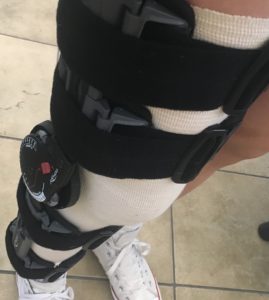
Several studies have shown that female athletes have a higher incidence of ACL injury than male athletes in certain sports. It has been proposed that this is due to differences in physical conditioning, muscular strength, and neuromuscular control. Other suggested causes include differences in pelvis and lower extremity (leg) alignment.
Because of these studies, many female athletes, especially soccer players, have considered not playing high school sports to avoid this injury. Sophie Smith, a national soccer player, was discouraged by the national team coach to not continue playing high school soccer because of the risk of injury.
Even though there is this risk of injury, many athletes look forward to representing their school. It is exhilarating and fun to play with a group of athletes from your school and compete for your school name to be known.
Every athlete knows the risk of injury every time they step onto the field or the court but that doesn’t stop them from playing the sport they love and going out there during every game and every practice with intensity and passion.
Your donation will support the student journalists of Fossil Ridge High School. Your contribution will allow us to purchase equipment and cover our annual website hosting costs.

Senior Haley Rockwell is a dynamic character in the Fossil Ridge setting, bringing many dimensions to Etched in Stone as well as everything else she is involved in. Her in-depth athletic background enables her to contribute accurate stories on the many sports teams that compete for Fossil, making her...



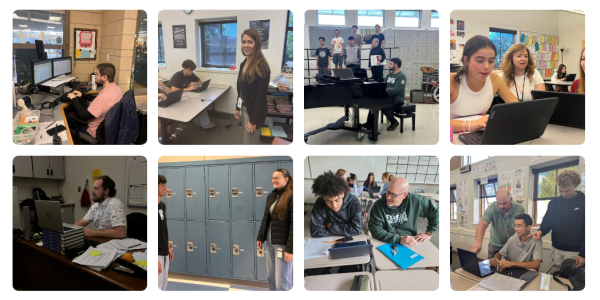
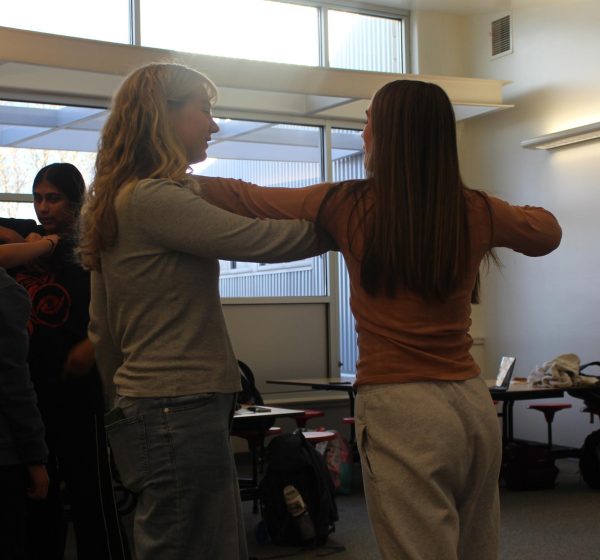

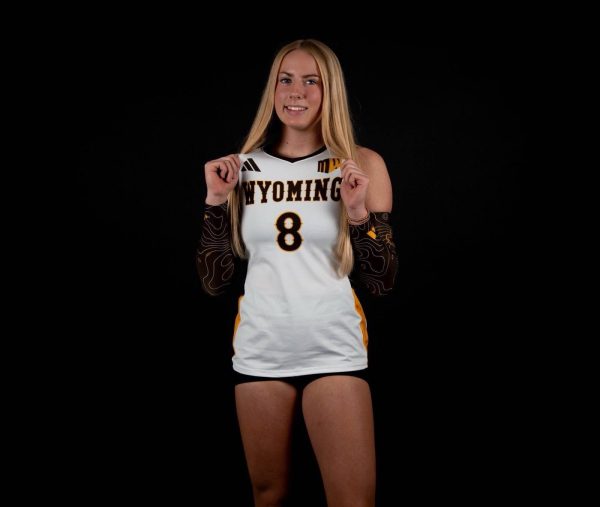

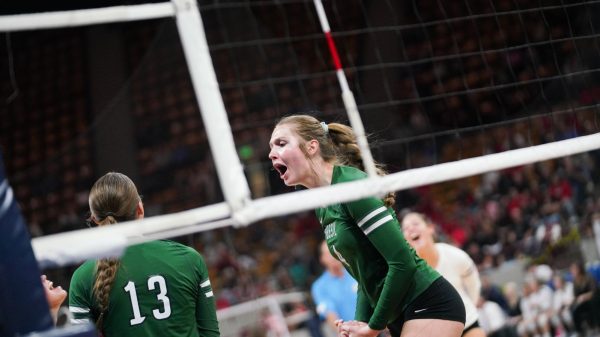
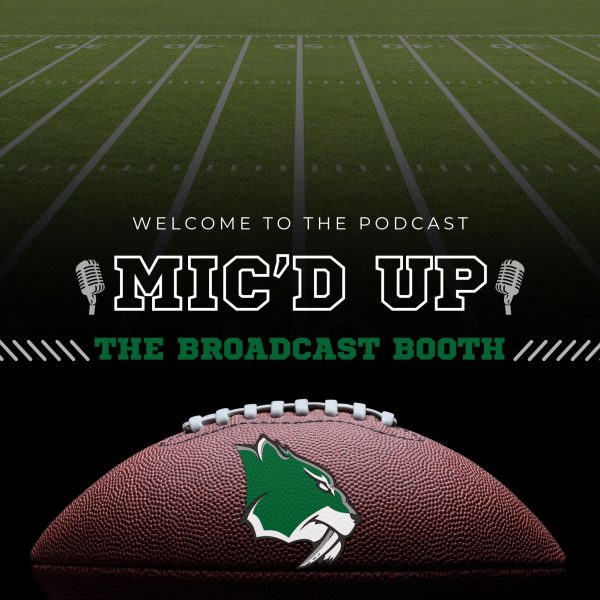
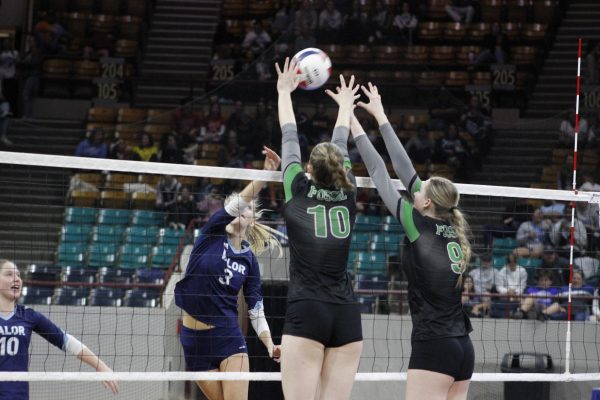

Paul Offermann • Oct 9, 2017 at 8:02 am
A very thoughtful and informative article about torn ACL’s. I would like to point out, being Aaron Offermann’s younger brother, that he was not playing lacrosse when he tore his ACL, in fact, due to his injury in TENNIS, he was not able to play lacrosse last year. Furthermore, Aaron has not played lacrosse in several years so personally I think it would be misleading to refer to him as a “male lacrosse player.” Saying this, not only is synthetic turf a risk, but also hard courts in tennis. I do not know if the same can be said about grass and clay courts for I have not played on them in many years as there are no courts of that variety local to Fort Collins, CO. Leaving on this note; I know this article was from a year ago and I am only responding to it now…better late then never, right?
Barbara Rockwell • May 13, 2017 at 7:06 pm
Great article, Haley. Your photo added strength to an already good piece of writing. It helped me understand risks and causes; confirms that turf is an issue…especially synthetic.